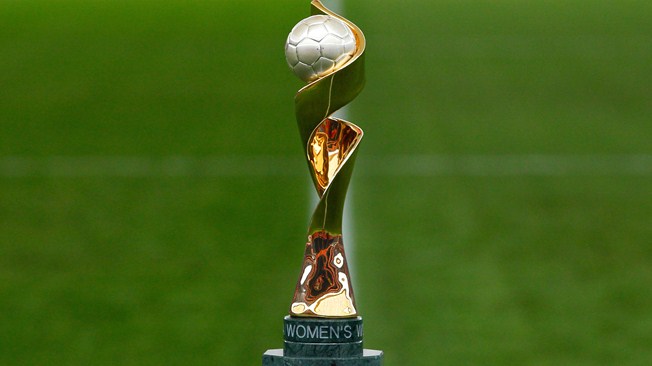
The UEFA draw
for the FIFA Women’s World Cup 2023 was made this week and 51 teams
will be involved in fighting for 11 tickets to the tournament that will
take place in Australia and New-Zealand.
The FIFA Women’s World Cup 2023 will be the first Women’s World Cup with 32 teams and the confederation allocations are as follows:
- AFC 6 slots
- CAF 4 slots
- CONCACAF 4 slots
- CONMEBOL 3 slots
- OFC 1 slot
- UEF: 11 slots
- Intercontinental play-offs 3 slots
A 10-team tournament will be held in Australia and New Zealand to decide the last three finalists.
- AFC 2
- CAF 2
- CONCACAF 2
- CONMEBOL 2
- OFC 1
- UEFA 1
The teams will be split into three groups, two of three teams and one of four, with seeding decided by FIFA ranking.
All three groups will be played as separate knockout competitions, with the winner of each qualifying for the finals.
In the two three-team groups, the seeded team will go straight to the final (after playing a friendly against Australia or New Zealand) and meet the winner of a semi-final between the other two nations.
The nine FIFA Women’s World Cup qualifying groups are
Group A: Sweden, Finland, Republic of Ireland, Slovakia, Georgia
Group B: Spain, Scotland, Ukraine, Hungary, Faroe Islands
Group C: Netherlands, Iceland, Czech Republic, Belarus, Cyprus
Group D: England, Austria, Northern Ireland, North Macedonia, Latvia, Luxembourg
Group E: Denmark, Russia, Bosnia and Herzegovina, Azerbaijan, Malta, Montenegro
Group F: Norway, Belgium, Poland, Albania, Kosovo, Armenia
Group G: Italy, Switzerland, Romania, Croatia, Moldova, Lithuania
Group H: Germany, Portugal, Serbia, Israel, Turkey, Bulgaria
Group I: France, Wales, Slovenia, Greece, Kazakhstan, Estonia
The Republic Of Ireland have a tough draw in group A with Sweden and Finland and should look to qualify via the play-off route.
Scotland in Group B will have to overcome Spain to qualify directly and might have to go via the play-offs.
England and Northern Ireland are in Group D with England favourites to win the Group but Northern Ireland could upset Austria to make the play-offs and get one of the tickets to the finals.
Wales will play France and that will not be easy, either, and they will look to go through the play-offs, too, as there is still a gap between the top sides and Wales.
The UEFA qualifying format will be as follows:
The winners of the nine qualifying groups will progress directly to the finals with the runners-up taking part in the UEFA play-offs in October 2022.
In the play-offs, the three best runners-up will be seeded directly to round 2 of the play-offs.
The six remaining runners-up will contest three single-leg play-offs in Round 1.
The three winners from Round 1, and the three teams seeded directly to Round 2, will then compete in single-leg play-offs determined by a draw.
The two play-off winners with the highest ranking (based on results in the qualifying group stage and Round 2 play-offs) will qualify for the finals.
The remaining play-off winner will compete in the inter-confederation play-offs.
It means teams will have three shots at qualifying for the World Cup. One by winning their group. Two by winning one of the two UEFA play-off places. Three by winning one of the inter-continental play-off places.



No comments:
Post a Comment
https://saviournicodemus.blogspot.com